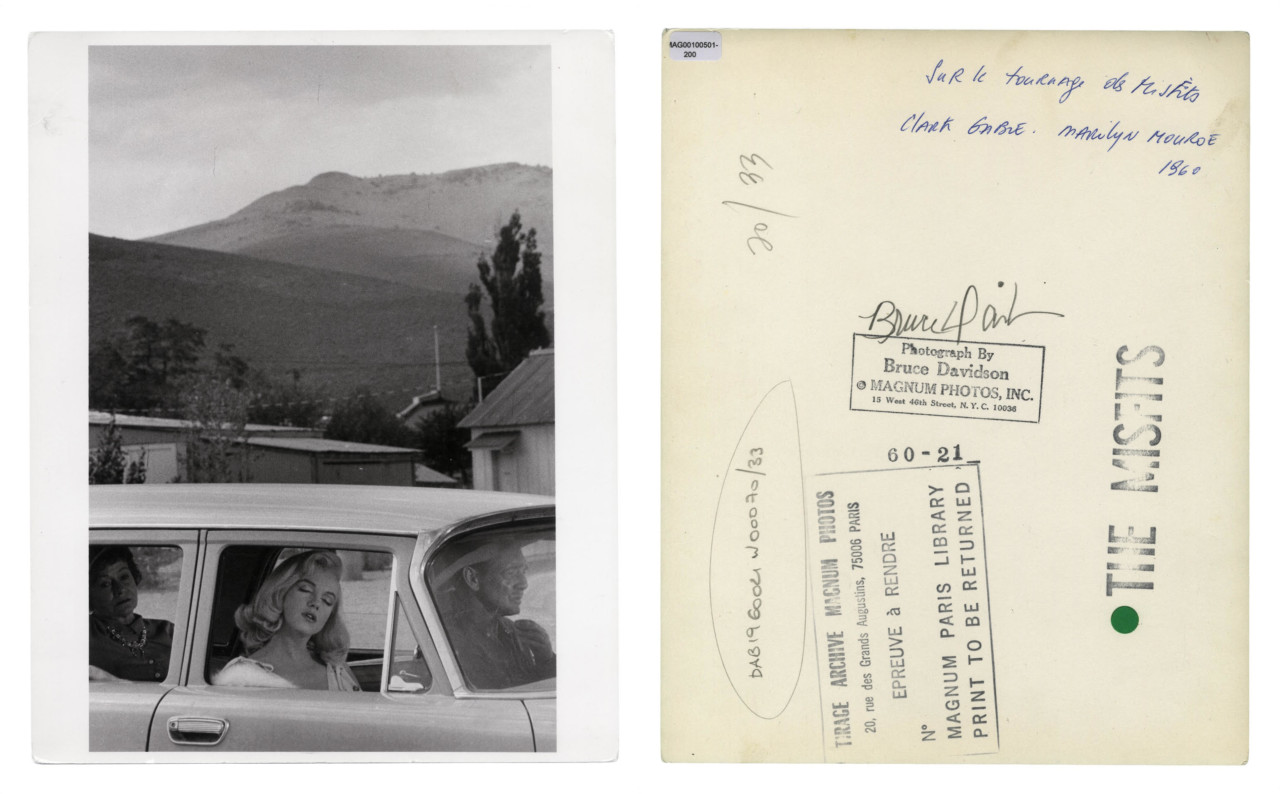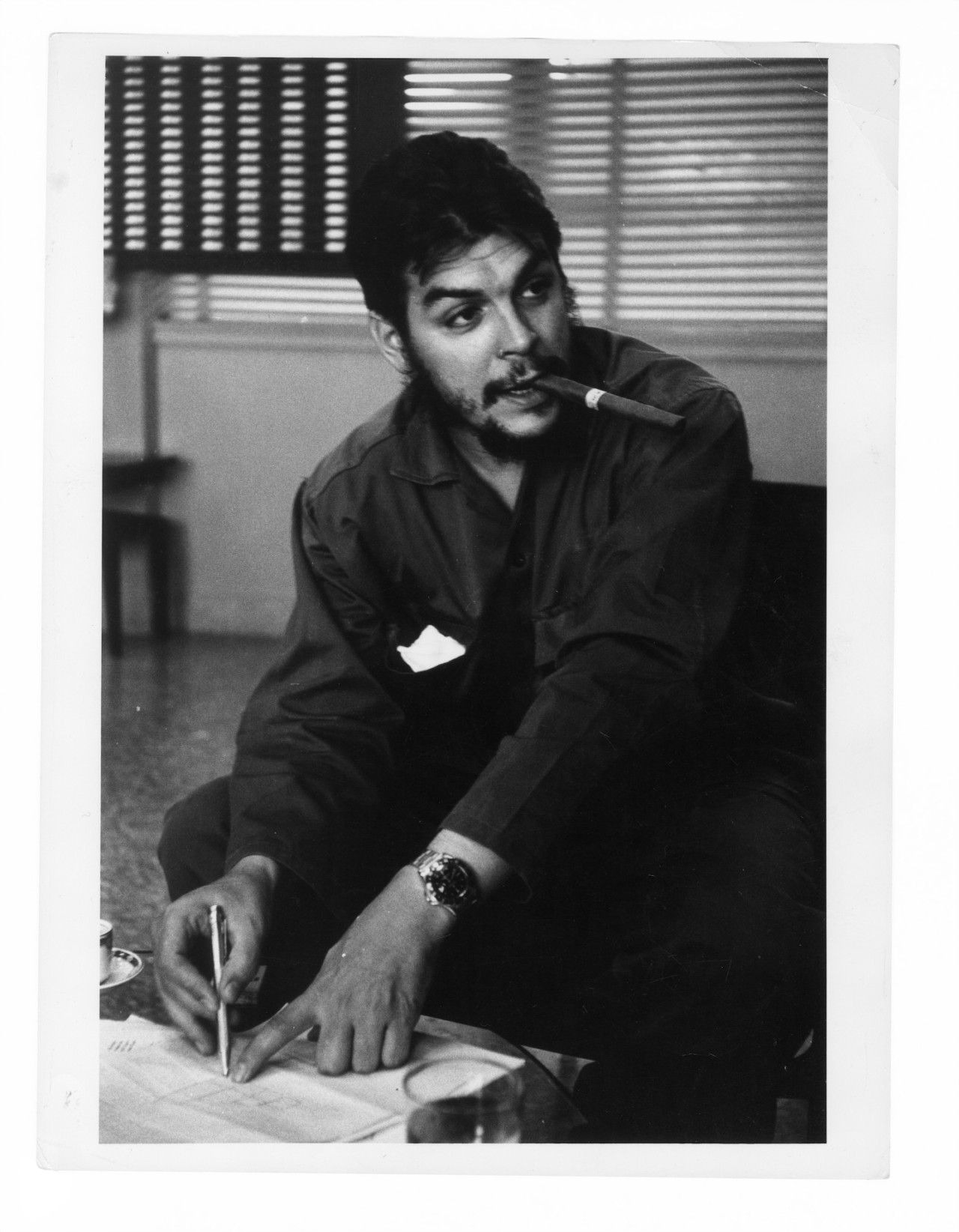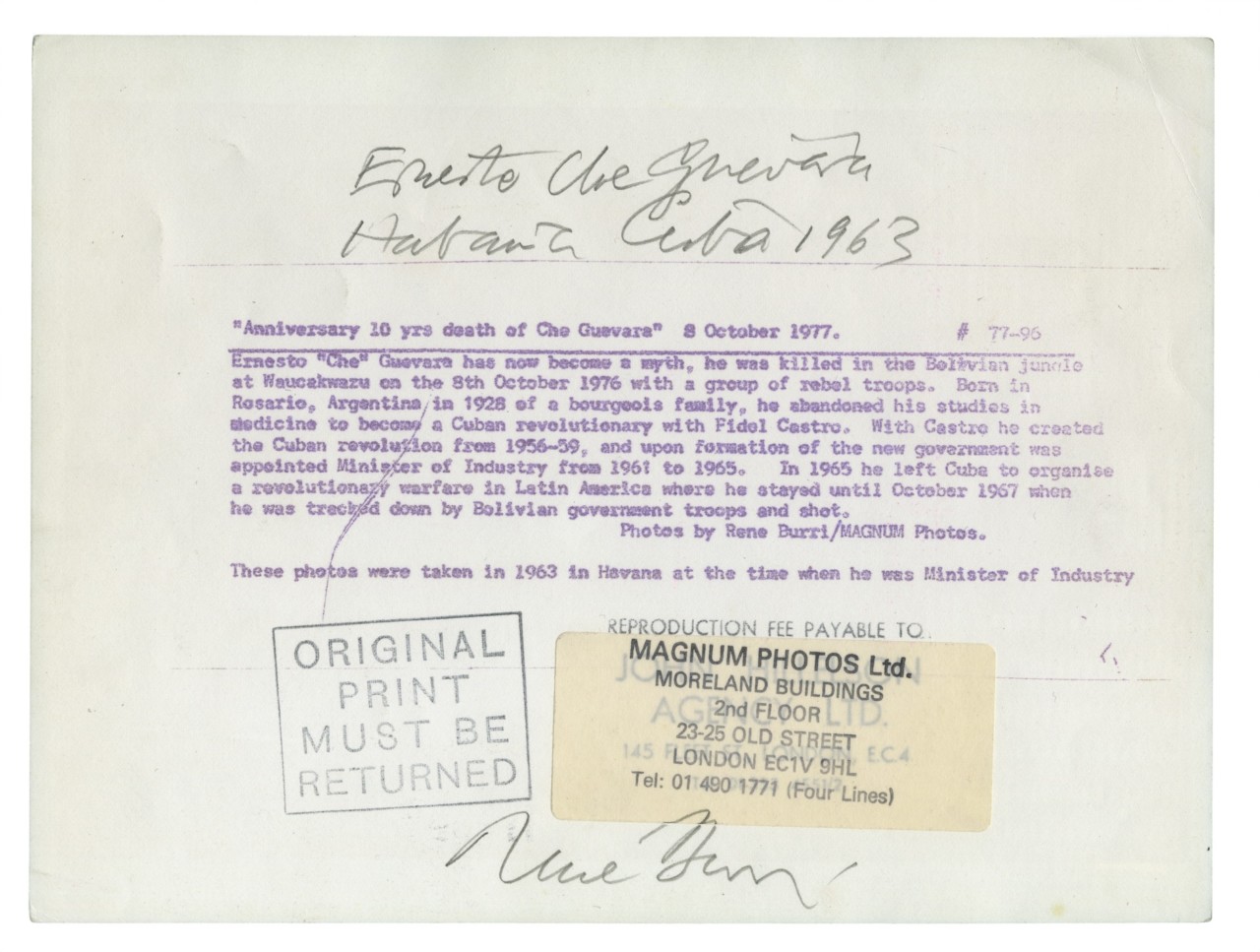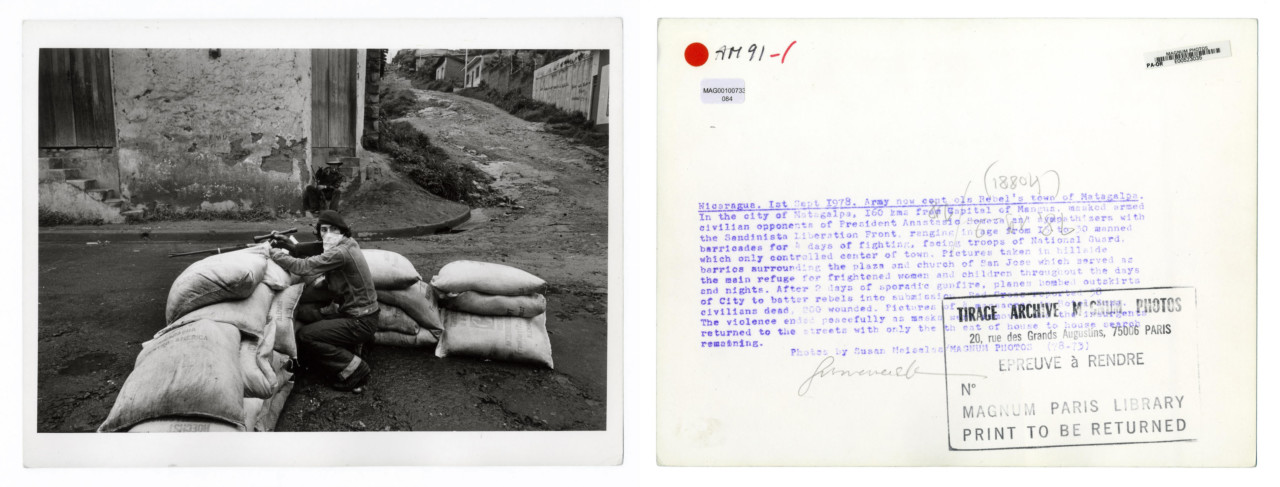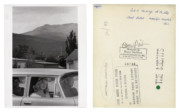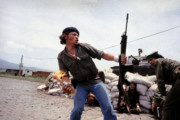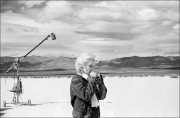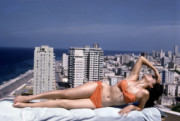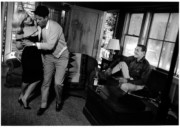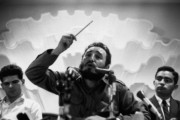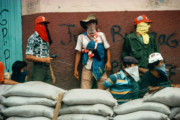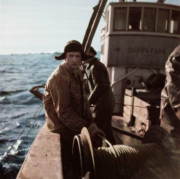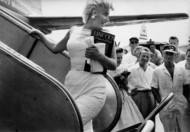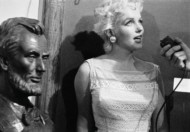The Stories Hidden in Magnum Distribution Vintage Prints: On View at Paris Photo
Magnum Gallery’s director Christina Vatsella on the archival finds she has unearthed for Paris Photo
Magnum Photographers
When we look at a print, we usually begin by focusing on the details of the image in order to understand and appreciate the photographic composition. When the print is rare and vintage, we tend to go closer and start examining its unique texture. As we do so, the traces of its long life begin to emerge; slightly worn angles and a variety of subtle marks that time has left on its delicate surface. A mix of chemical reactions provoked by the ageing of paper associated with the manual handling of the print over decades adds further layers.
When the print is framed, that’s all we can see. But in fact, there is more. If we turn the print around, a new set of layers appear: handwritten notes overlapping Magnum stamps, editors’ comments, caption information, dates and numbers that have all been piling up for decades. Those elements tell the story of the print.
"If we turn the print around, a new set of layers appear: handwritten notes overlapping Magnum stamps, editors’ comments, caption information, dates and numbers that have all been piling up for decades."
- Christina Vatsella
This year at Paris Photo, Magnum is revealing the part that remains hidden: the back of the print. Through a double-face framing device, visitors will be able to turn the print around and discover a whole new dimension. For example, on the back of a René Burri vintage print, we discover that this iconic portrait of Che Guevara was made in 1977 for the 10th anniversary of his death. The print becomes part of a specific context, since it has been selected to commemorate his death. This also provides a reliable element that helps us to date the print very precisely, which is very rare.
The unique Magnum vintage distribution prints are relics of the analogue era. Before the digital revolution, photographers had to print the photograph and post it to the newspapers or magazines to be published. Prints physically travelled to the agency from one country to another. By following the stamps, the worn-out notes and the dates, we can trace back the trajectory of every print.
Those mysterious marks and stamps were systematically examined for the first time by the Magnum Foundation in 2010 and presented in the exhibition The Magnum Mark. But these prints were not originally produced in order to be integrated in an art collection. The notion of collectible prints created for fine art purposes is a more recent concept. However, in a sense, those prints can be considered as the originals since they have served the primary purpose of the photograph at the time when it was taken.
"The unique Magnum vintage distribution prints are relics of the analogue era."
- Christina Vatsella
The intention of their author was to document a story, release it through the press and share it with the world. Printing was a step in this process, not the final goal. Even if today they are handled with white gloves and extreme caution, those prints have not led a sterilized life. Their occasional imperfections, caused by a clumsy editor stressed by a deadline, are in fact signs of their authenticity. Those unique objects are part of a valuable archive witnessing the history of post-war documentary photography that also celebrates a unique Magnum legacy.
More information on Magnum Gallery at Paris Photo and where you can find the stand can be found here.


